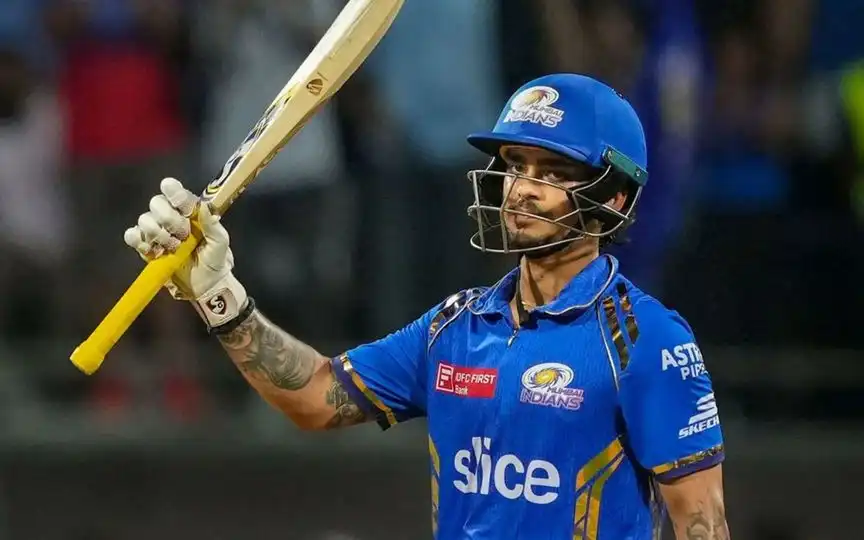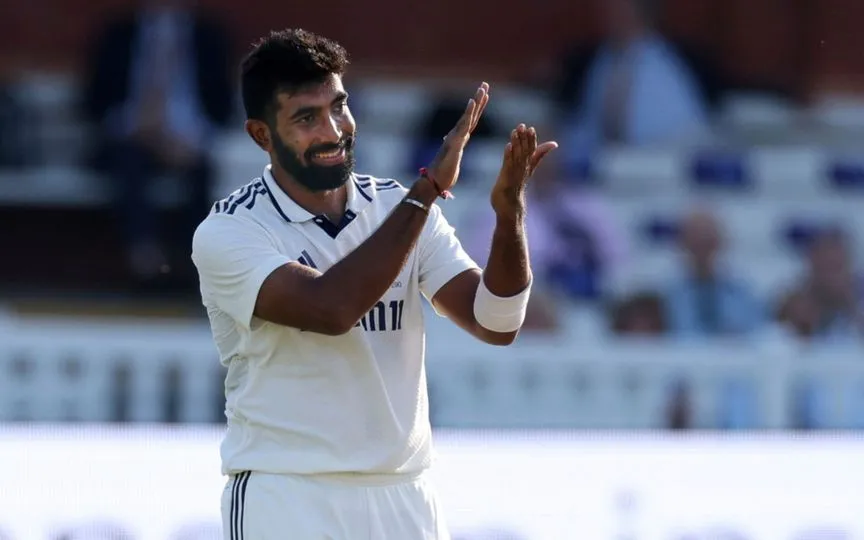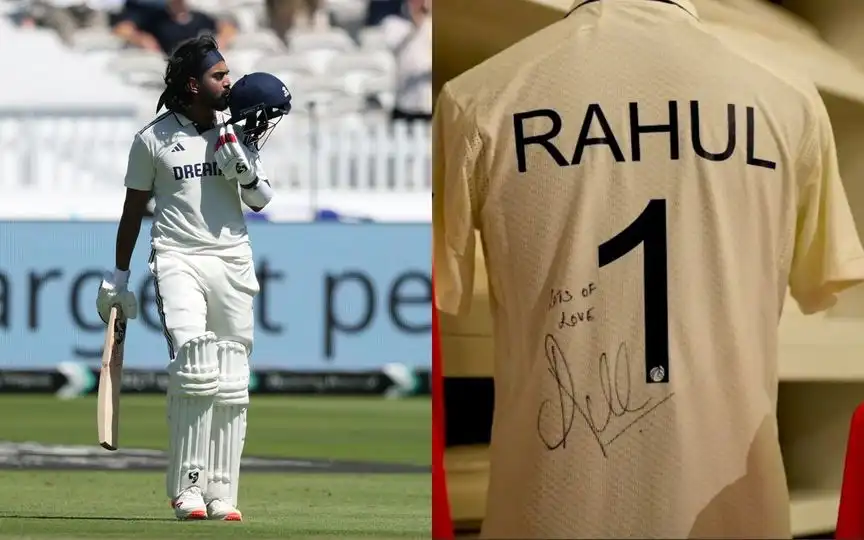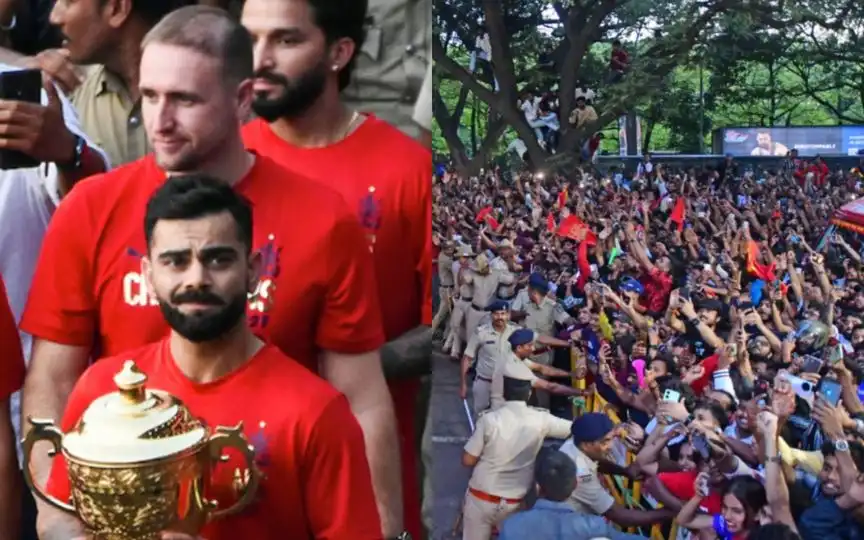![Smrti Mandhana and Virat Kohli [Source: x.com]](https://onecricketnews.akamaized.net/parth-editor/oc-dashboard/news-images-prod/1752763194743_mandanna_kohli.jpg?type=hq) Smrti Mandhana and Virat Kohli [Source: x.com]
Smrti Mandhana and Virat Kohli [Source: x.com]
The recent historic T20I series victory over England has reignited discussion about Indian women's cricket and their equal pay with their male counterparts. While the 3-2 series win marks a significant breakthrough, it also raises uncomfortable questions about whether achievements should determine rewards, or if equality of opportunity automatically entitles one to equality of outcome.
The Achievement Gap: A Tale of Two Teams
Men's Cricket: From Underdogs to World Champions
The transformation of Indian men's cricket didn't happen overnight. Before 1983, Indian cricketers were hardly household names. The worship, the massive contracts, the celebrity status - all of this came after Kapil Dev's team shocked the world by defeating the mighty West Indies in the World Cup final at Lord's. That victory changed everything. It turned cricket from a colonial hangover into a national obsession.
The 1983 World Cup victory was the catalyst that transformed Indian cricket forever. It proved that Indian cricketers could compete with and defeat the best in the world when it mattered most. The commercial success, the BCCI's financial muscle, the IPL revolution - all of these developments were built on a foundation of proven success on the biggest stage.
Women's Cricket: The Unfulfilled Promise
In stark contrast, Indian women's cricket presents a different narrative. Despite decades of opportunity, infrastructure, and support, the trophy cabinet remains conspicuously empty of major ICC silverware.
The Numbers Don't Lie:
- ODI World Cup: 2 finals, 0 wins (losses in 2005 and 2017)
- T20 World Cup: 1 final, 0 wins (loss in 2020)
- Major ICC trophies: Zero across 12 ODI World Cups and 9 T20 World Cups
While India's women have dominated the Asia Cup with seven titles out of nine editions, this regional success hasn't translated to global achievements. The recent loss to Sri Lanka in the 2024 Asia Cup final, missing out on a record-extending 8th title, exemplifies the pattern of faltering in crucial moments.
The Facilities Paradox
The argument for equal pay often centres on equality of opportunity. In this regard, the BCCI has made significant strides:
Equal Treatment Provided:
- Match fees: BCCI adopted pay equity in October 2022 - ₹15 lakh per Test, ₹6 lakh per ODI, ₹3 lakh per T20I
- Infrastructure: Same training facilities, coaching staff, and support systems
- Central contracts: Women players receive contracts similar to their male counterparts
- Domestic leagues: The WPL provides professional opportunities parallel to the IPL
Yet despite these equal facilities and opportunities, the results on the international stage tell a different story. The women's team has consistently failed to convert advantages into victories when it matters most.
The Commercial Reality Check
Cricket, like any professional sport, operates on commercial principles. The massive revenues generated by men's cricket, through broadcast rights, sponsorships, and ticket sales, justify the astronomical salaries paid to players. The 2024 IPL generated over $6 billion in revenue, while WPL, despite BCCI's backing, operates on a fraction of that scale.
The Revenue Gap:
- Men's cricket: Drives billions in revenue through global viewership and commercial partnerships
- Women's cricket: Significantly lower viewership and commercial returns despite equal investment
This isn't about gender discrimination; it's about market forces. Even in men's cricket, a domestic player earning ₹20 lakh annually cannot demand the same salary as Virat Kohli simply because they both play cricket. Performance, results, and commercial value determine compensation.
The 1983 Parallel: Achievement Breeds Recognition
The men's cricket revolution didn't begin with demands for equal pay or recognition. It started with proving their worth on the field. The 1983 World Cup victory was followed by consistent performances that gradually built the sport's commercial value.
The Pathway to Success:
- Achieve breakthrough results (1983 World Cup)
- Build consistent performance (1985 World Championship of Cricket win)
- Develop commercial appeal (Growing fan base and media attention)
- Establish market value (Sponsorships and broadcast deals)
- Reap financial rewards (Higher salaries and contracts)
The women's team has yet to complete step one - achieving that breakthrough, the ICC trophy that would change perceptions and open commercial floodgates.
The Uncomfortable Truth About Equality
True equality isn't just about equal opportunity - it's about equal contribution. When the women's team consistently fails to deliver results, receiving the same facilities, support, and opportunities as their male counterparts, questions about merit-based rewards become inevitable.
Recent Performance Analysis:
- 2024 T20 World Cup: Group stage exit in UAE
- 2024 Asia Cup: Lost final to Sri Lanka
- Bilateral series: Strong at home, mixed results away
The historic T20I series win against England in 2025 is certainly progress, but it's worth noting that England themselves have been struggling in women's cricket. This victory, while significant, doesn't erase decades of underachievement in major tournaments.
The Feminist Argument Falls Short
The feminist narrative of equal pay for equal work overlooks a crucial element: equal results. Professional sports operate in meritocracy, where rewards are tied to performance and commercial value generation.
Why the Argument is Flawed:
- Opportunity equality exists: Women receive the same training, facilities, and support
- Performance gap is significant: Zero ICC trophies despite 21 World Cup appearances
- Commercial contribution differs: Lower viewership and revenue generation
- Market forces apply: Pay scales reflect economic contribution, not gender
The Path Forward
Rather than demanding equal pay based on gender equality principles, the women's team should focus on what truly matters: winning when it counts.
The Blueprint for Success:
- Deliver breakthrough ICC trophy: 2025 home World Cup presents the best opportunity
- Build consistent global competitiveness: Convert bilateral success to tournament wins
- Develop unique commercial appeal: Create distinct brand value
- Justify market premium: Demonstrate revenue generation potential
The 2025 Opportunity
The upcoming home World Cup represents the women's team's best chance to break their ICC Trophy drought. Playing in familiar conditions with home support, this tournament could be their 1983 moment.
What Success Would Achieve:
- Validation of investment: Justifying the equal facilities and opportunities provided
- Commercial breakthrough: Opening new revenue streams and sponsorship deals
- Market credibility: Establishing legitimate claim for enhanced compensation
- Cultural impact: Creating the transformative moment that changes public perception
Conclusion: Merit Over Gender
The equal pay debate in cricket shouldn't be about gender equality - it should be about performance equality. When the Indian women's cricket team can match the men's team's ICC trophy count, their commercial success, and their global impact, then discussions about equal play will have genuine merit.
Until then, the focus should be on what the 1983 men's team understood: first prove your worth on the field, then claim your rewards. The facilities are equal, the opportunities are equal, and the stage is set. Now it's time for the women's team to deliver the performances that justify their aspirations.
The 2025 home World Cup isn't just another tournament - it's the chance to finally step out of the men's shadow and create their own legacy. Only then will debates about equal pay shift from feminist rhetoric to economic reality.


.jpg?type=mq)


